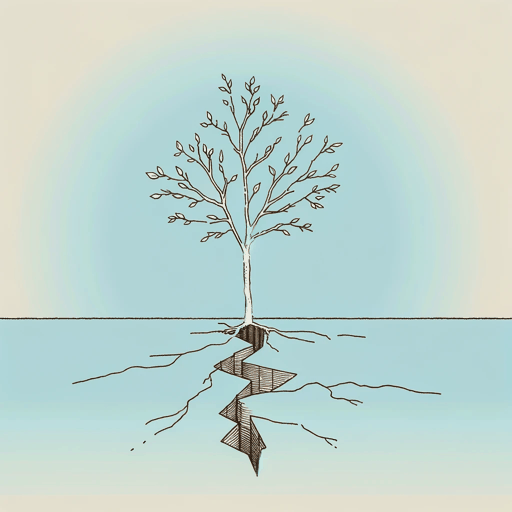44 pages • 1 hour read
Rebecca SolnitHope In The Dark: The Untold History of People Power
Nonfiction | Essay Collection | Adult | Published in 2004A modern alternative to SparkNotes and CliffsNotes, SuperSummary offers high-quality Study Guides with detailed chapter summaries and analysis of major themes, characters, and more.
Summary and Study Guide
Overview
American writer and activist Rebecca Solnit’s Hope in the Dark: The Untold History of People Power began as an online essay that went viral in the aftermath of the Bush administration’s declaration of war on Iraq in March 2003. The book was published in mid-2004 and gained an “instant cult following” (Solnit). It has since become a staple text for activists, and new editions were issued in 2006 and 2016.
The original 2004 edition had modest critical success. In 2005, Guardian reviewer and Green Party leader Caroline Lucas praised Hope in the Dark for helping remind people of the good that activism can achieve but criticized Solnit’s scholastic rigor. The book gained renewed popularity after the 2016 election of Donald Trump when New York Times journalist Alice Gregory linked to a download of the book on Facebook. The resurgent popularity of Solnit’s book proves her own argument in Hope in the Dark that writing is an “act of faith” (64) because writers can’t be sure of how and when their words will land.
This study guide uses the Kindle e-book edition published by Canongate Books in 2016. The foreword for this edition doesn’t include page numbers, so citations from the foreword reference an e-book location number instead.
Summary
Solnit’s book is a manifesto for hope in place of the despair that engulfs many activists when their campaigns to make the world a better place or safeguard local values from globalized corporations do not bear immediate fruit. The book was written in the aftermath of the 2004 reelection of George W. Bush, during the Iraq War, which occurred despite the worldwide protest of millions on February 15, 2003 and caused many activists to succumb to a paralyzing state of despair and go home. Solnit advocates instead embracing the darkness of an uncertain future and campaigning from the perspective that previously unforeseen changes are always possible.
Solnit seeks to safeguard against the cultural amnesia in which people forget that previously unthinkable events changed history, such as obtaining suffrage for women after millennia of patriarchy. In addition, she emphasizes that no easy cause-and-effect relationship exists between activism and seeing changes realized. Instead, the path to change twists and turns, with many defeats as well as small victories. Solnit urges campaigners to celebrate every victory, no matter how small, as it encourages them to keep on fighting for still bigger gains. She cautions against searching for a paradise-like state in which all the world’s problems are resolved and instead work toward a better world.
Writing in the aftermath of the Cold War and at a time when traditional notions of left- and right-wing politics were beginning to break down, Solnit advocates for groups with disparate ideologies to unite to fight the common enemy of corporate greed. She maintains that as we progress further into the 21st century, our common enemy and the biggest threat to human and animal life is climate change. Solnit believes that we can all be activists in acknowledging and acting toward reducing the inevitable damage. While dealing with climate issues involves systemic change, we all have a role to play in ensuring that our governments change their policies to more environmentally friendly ones. Solnit shows how grassroots campaigns have been successful to this end.
Related Titles
By Rebecca Solnit
Featured Collections
Challenging Authority
View Collection
Colonialism & Postcolonialism
View Collection
Community
View Collection
Contemporary Books on Social Justice
View Collection
Globalization
View Collection
Nation & Nationalism
View Collection
Politics & Government
View Collection
Popular Study Guides
View Collection
Power
View Collection
War
View Collection






